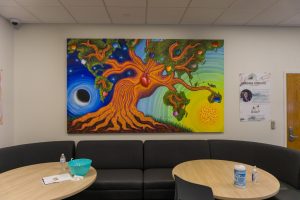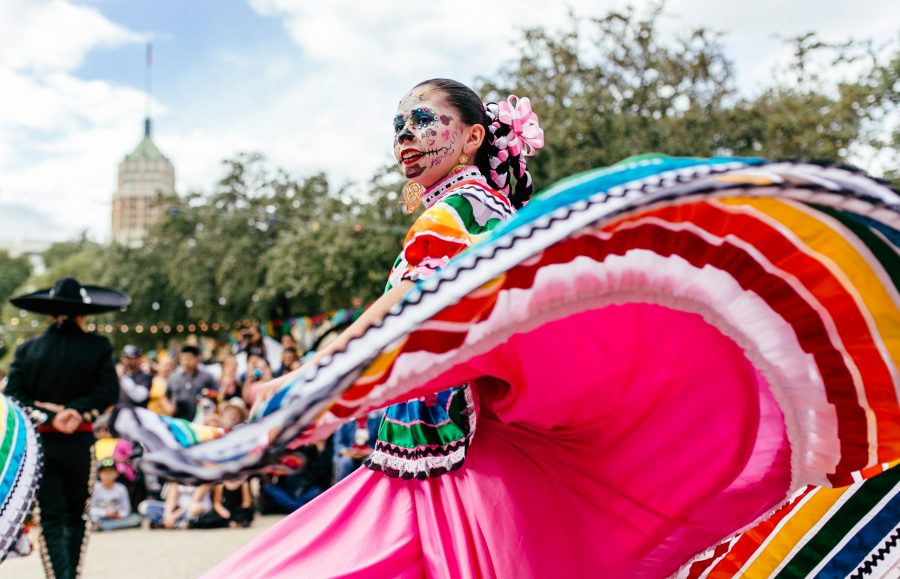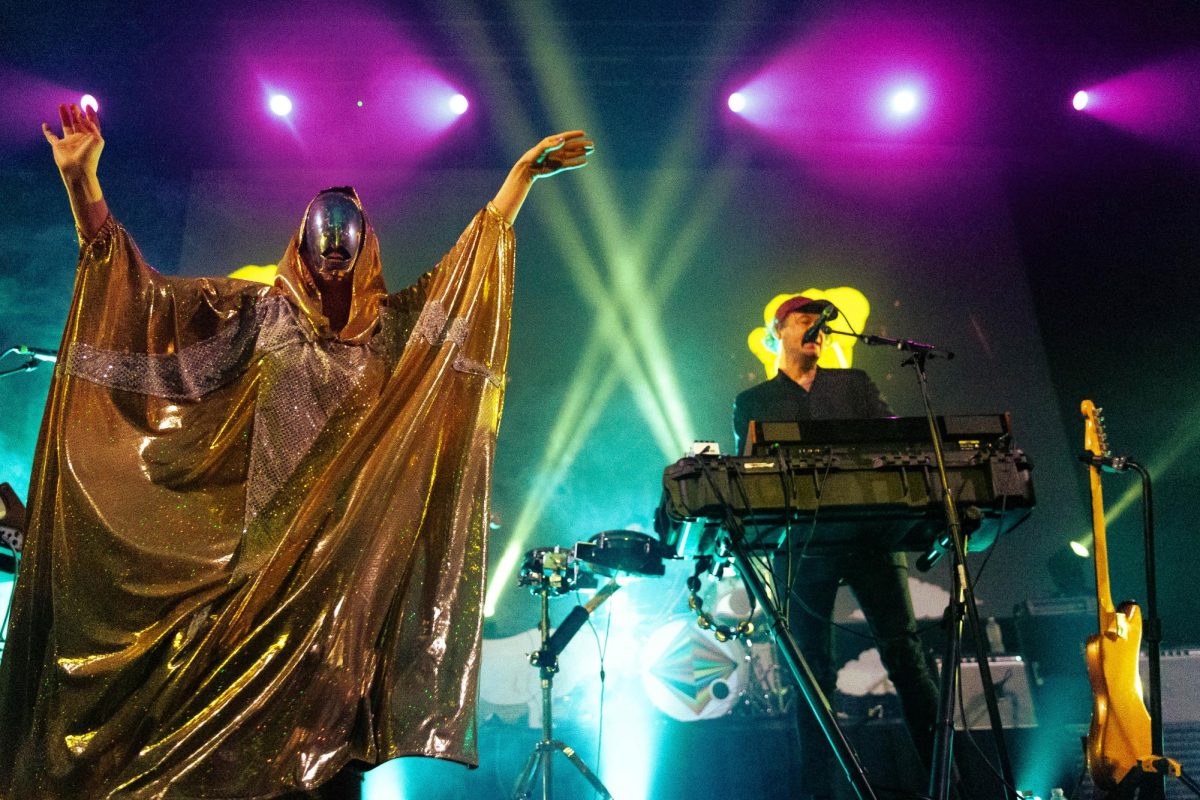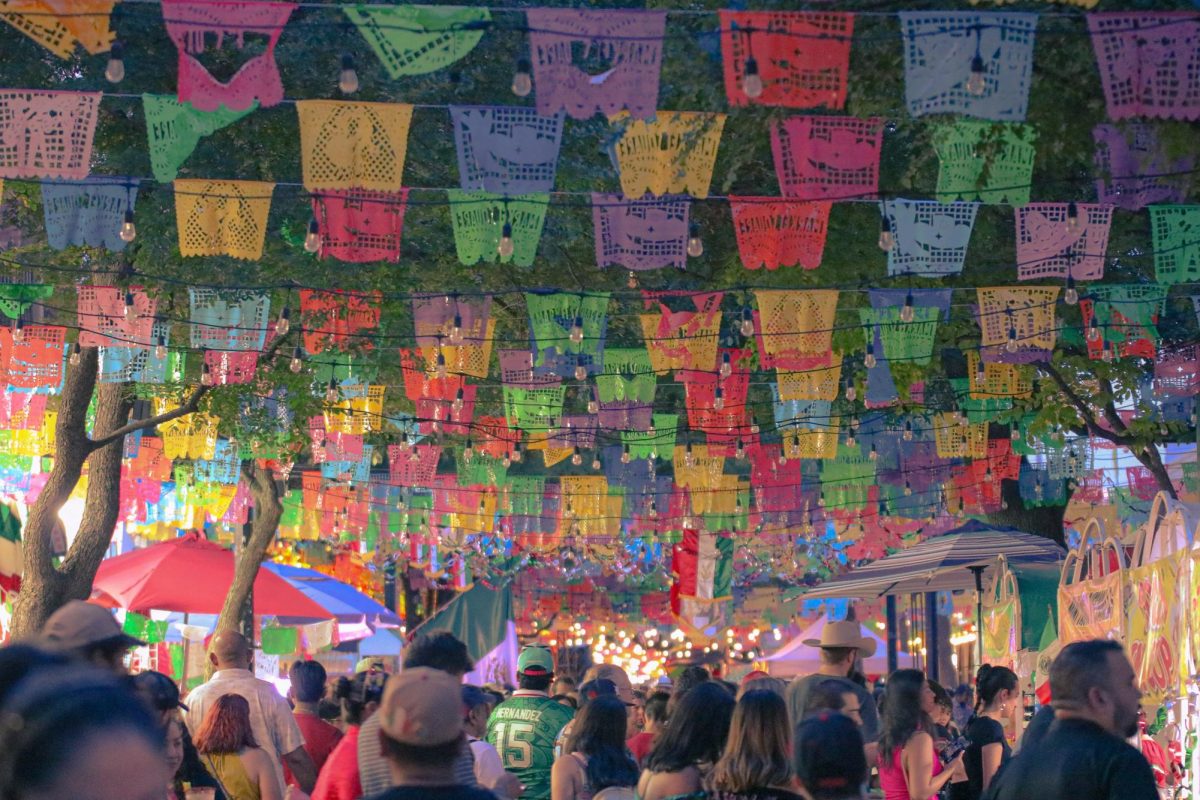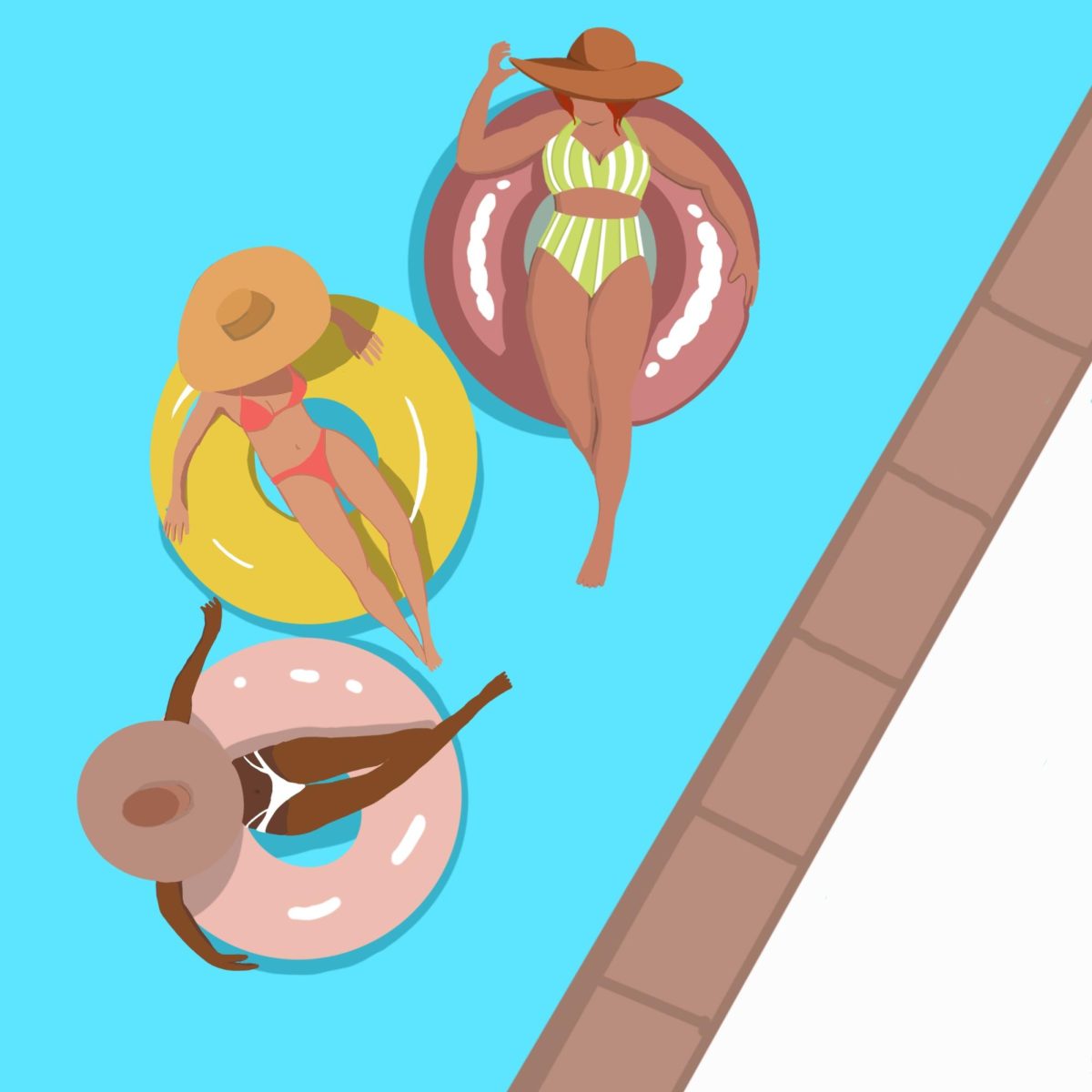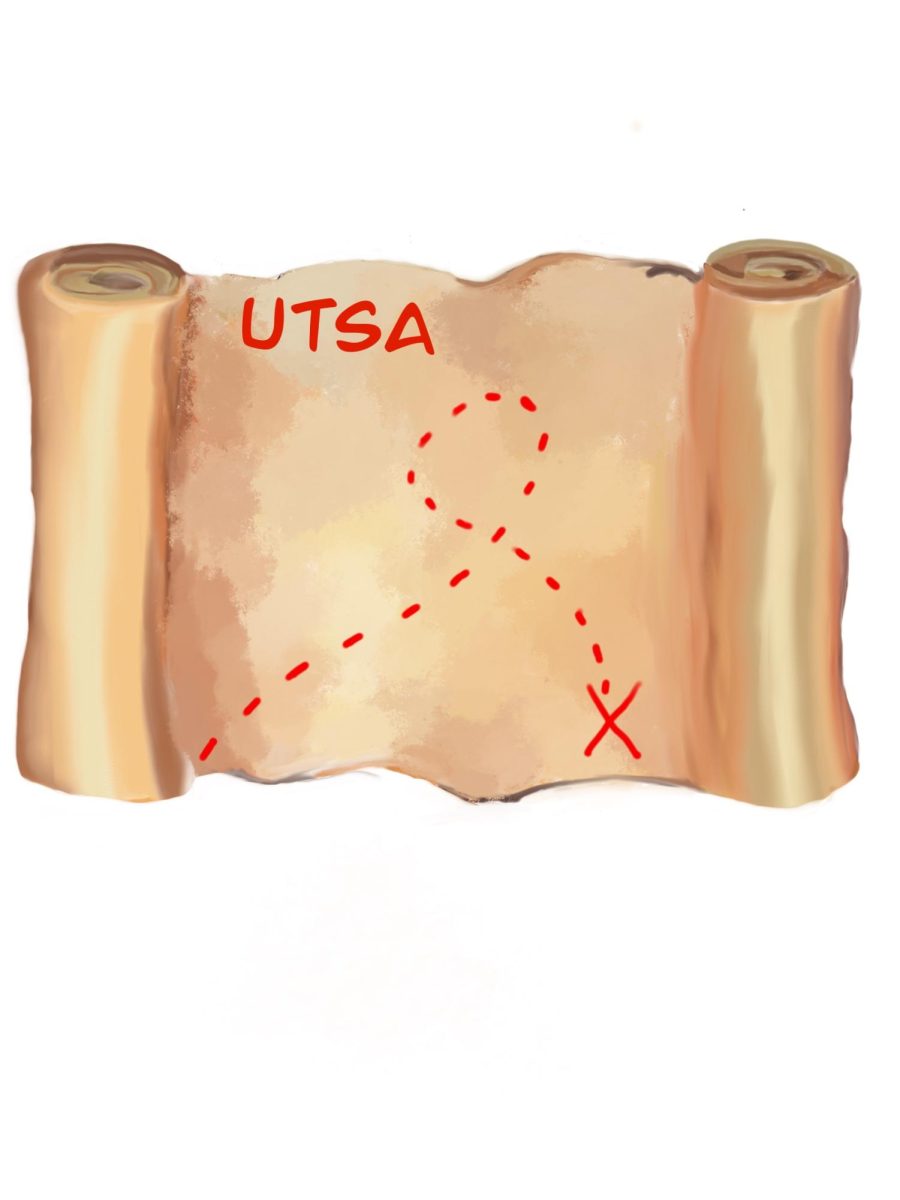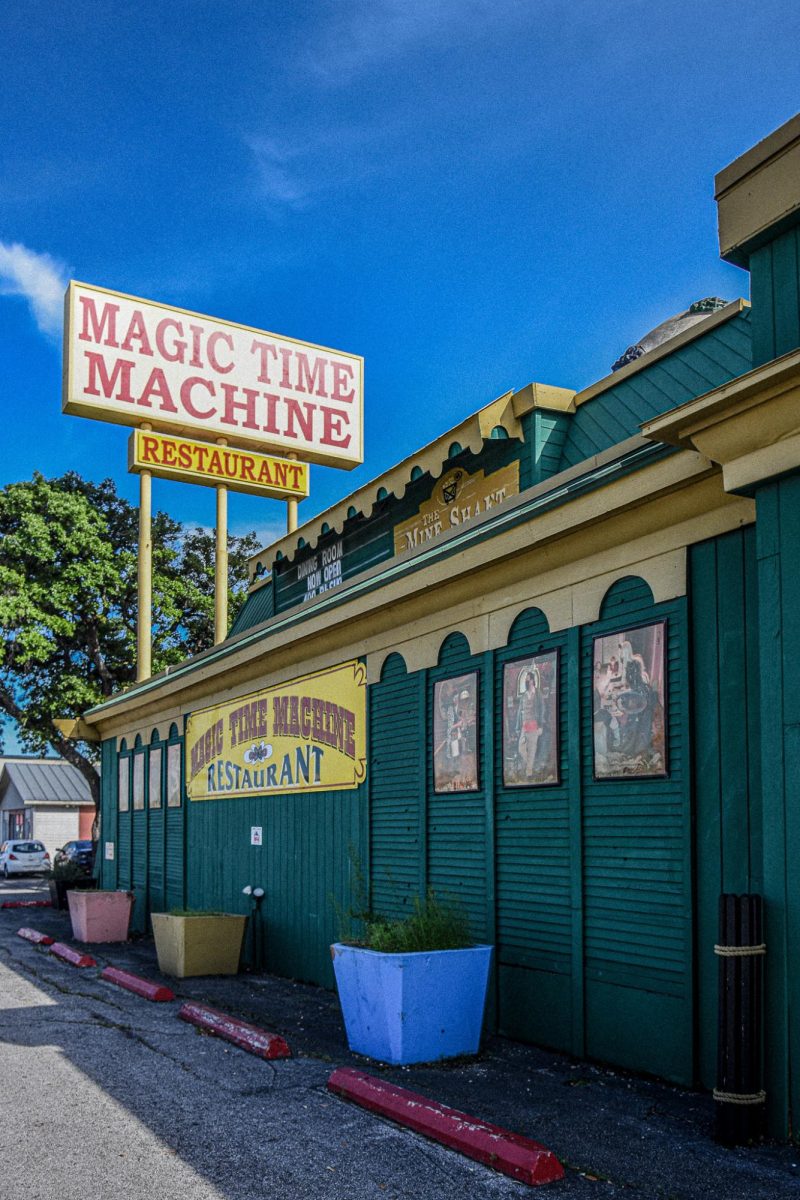San Antonio celebrates autumnal celebrations across cultures
Across cultures, the end of October and beginning of November hold a special meaning. The celebration of the autumnal harvest, Dia de los Muertos, Diwali and Samhain occur during the upcoming weeks are tributes of growth, renewal, life and death.
In a city as multicultural as San Antonio, the importance of representing these celebrations can be seen in a diverse handful of events.
Because of the large Hispanic population in San Antonio, the celebration of Dia de los Muertos, or Day of the Dead, is widely observed.
This holiday stems from a combination of Catholic and indigenous Aztec rituals to celebrate the lives of loved ones who have passed on.
Those who participate in this celebration believe that from Oct. 28 to Nov. 2, the deceased are able to once again come back and enjoy the pleasures of life with their friends and family. Believers participate by honoring the dead with extravagant flowers, colorful dress and makeup, beautifully decorated baked goods, candles and sugar skulls (the vastly popular symbol of the day).
Rather than mourning those who have passed, the purpose of this holiday is to celebrate life in full.
In San Antonio, these days are prepared for well in advance, as there is a large portion of the population that participates.
On Oct. 28 and 29 from 10 a.m. to 10 p.m. at La Villita Historic Arts Village, there will be a free traditional art and culture celebration for the Day of the Dead complete with live music, dancing and the largest open altar exhibition in the city.
On Nov. 1 and 2 at the Pearl, the grounds will be transformed to reflect the holiday, with live mariachi, music flowers, papel picado and custom altars all created by local artists. Those going are encouraged to bring a picture or memento of a loved one who has crossed over.
Slightly similar to Dia de los Muertos is the Pagan holiday of Samhain, which is also a celebration of the dead, but holds a somber tone.
It is believed that during the period between Oct 31 and Nov 1, the veil between the living and the realm of the dead is at its thinnest, giving opportunity for contact.
The rituals involved consist of nature walks, ancestor altars, feasts, bonfires, methods of divination such as tarot cards and calling upon the Divine, all means to bring closure and create connection with death.
Samhain has roots in pre-christian Celtic culture and the celebration has continually evolved to incorporate more modern concepts. While this holiday is not as widely talked about, there is a large following that has stayed present since ancient times. On Oct. 28 at the First Unitarian Universal Church of San Antonio, there will be a ritual hosted by the Celestial Celebrations Circle.
The Samhain ritual will consist of connecting with loved ones on the other side, followed by a potluck serving the favorite dishes of those being celebrated. The event is open to everyone who wishes to connect with the dead in respect to Samhain rituals and culture.
In the Hindu religion and culture, the holiday of Diwali is celebrated.
The root of the event comes from Hindu legends telling of multiple gods and a journey they pursued. Diwiali is traditionally celebrated throughout four days, each day symbolizing a different part of the journeys within the legends.
These legends are physically acknowledged by lights and firecrackers during festivities to give thanks to the heavens for wealth, prosperity, health, knowledge, peace and prosperity.
Despite the extravagance and fun that Diwali provides, it is a time for people to reflect on their lives and make changes.
Some ideals that participants hold close are those of forgive and forget, unite and unify, prosper and progress and illuminate one’s inner self.
All of these customs promote spiritual growth towards becoming the best version of one’s self.
On Nov. 4 at La Villita from 5 p.m. to 11p.m. fireworks, art vendors, food vendors and floats all come together to celebrate the victory of good over evil in the spirit of Diwali.
This time of year is typically associated with pumpkin patches, hayrides and Halloween. While full of fun festivities, classic fall celebration can overshadow the holidays in the upcoming weeks. General celebration of the fall season is widely available, and it is fortunate that inclusion of a variety of cultures and religions are reflected across many events in San Antonio.

